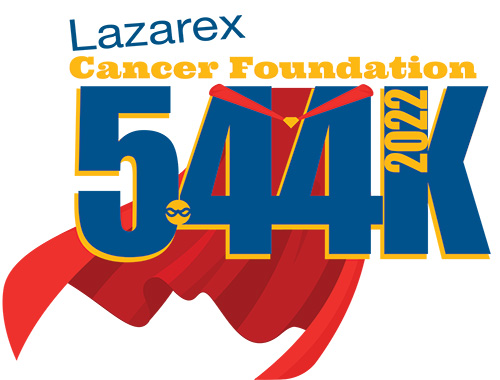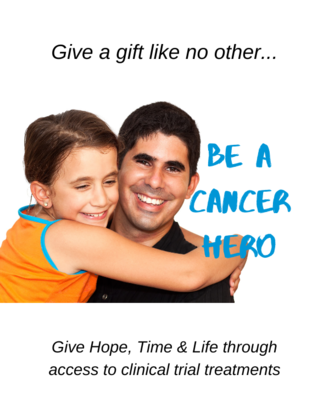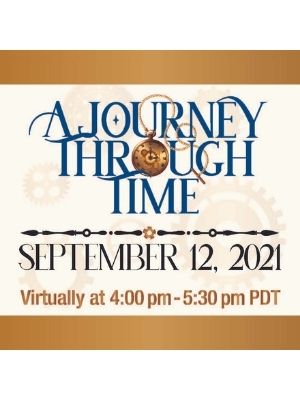I learned 4 critical lessons along the way that I think not only helped save my daughter’s life – they helped me as a parent to maintain hope, optimism and even find joy during very challenging times. If your child has been diagnosed with cancer – I hope this advice helps and guides you.
By Andrea Shoup
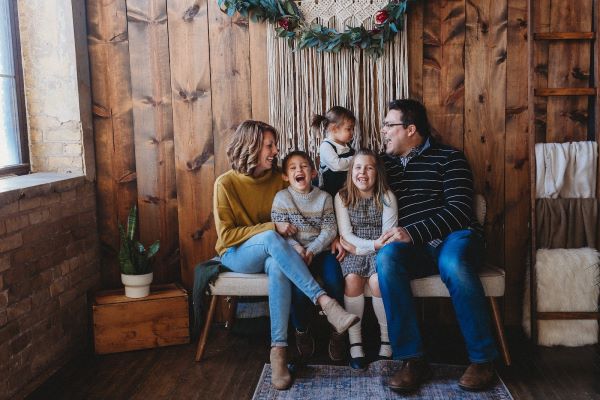
My daughter Ellie was still an infant when we got the devastating news: our sweet baby had a stage 2 neuroblastoma – a tumor on her spine. Doctors operated and based on imaging thought they got it all but four years later, the cancer had metastasized and was now stage 4.
It was everywhere. Imaging revealed seven different cancerous spots: on her hip, head, there was soft tissue disease. The shock and despair are difficult to put into words. It truly was our worst nightmare.
The good news is – we’re now on the other side of that nightmare. Ellie is now 10 and her prognosis has taken a miraculous turn. Her tumors are gone and doctors say she is now cancer free. How did we get here?
I learned 4 critical lessons along the way that I think not only helped save my daughter’s life – they helped me as a parent to maintain hope, optimism and even find joy during very challenging times. If your child has been diagnosed with cancer – I hope this advice helps and guides you.
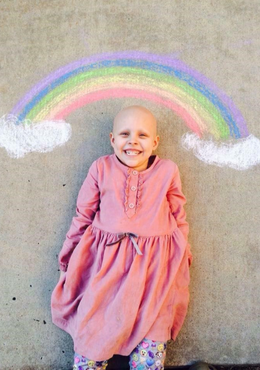
Research. Researching literally saved our daughter’s life. I deeply value the opinion of doctors and healthcare employees, but nobody cares as much about your child as you do. So, if you don’t like the treatment options offered or even worse, if someone tells you there aren’t any – keep searching.
Read and understand your child’s cancer diagnosis by learning as much as you can about it. For me that involved reading peer-reviewed articles on PubMed, joining support groups on social media, attending conferences and networking with other people. There’s an abundance of information available and a lot of people willing to talk and point you in new directions.
I poured every ounce of energy I had into learning about Neuroblastoma, from differences in clinical pathology, staging, treatment options, and everything in between! Research is what led us to discover a team of experts who specialized in our child’s cancer halfway across the country.
Be your own advocate. No one is going to fight for your child’s life, or that of someone you love, as much as you are. We sat down on a rainy Saturday afternoon to talk with the head of Transplant at our local hospital. I brought with me highlighted journal articles and a long list of questions. We were told that most families just do whatever is recommended by their hospital and that in all his years, he could count on one hand how many people came to the table as prepared as we were. We left that meeting and declined what was considered the standard of care, in lieu of another hospital who had less toxic therapies with comparable outcomes.
Accept help. Early in our daughter’s cancer journey, we declined financial help and resources from our home hospital. We figured someone else must need it more than we did. We had great careers and were financially stable. But little did we know that our daughter’s treatment would consume the next four years of our life and would take us from Minnesota to New York multiple times a year, sometimes for weeks on end.
When chemotherapy and a stem cell transplant didn’t have an impact, I began researching other options to save my daughter and I found a clinical trial at Memorial Sloan Kettering. In 2015, Ellie started that trial, which required us to travel from our home in Minnesota to the trial site in New York more than 50 times. Travel costs added up quickly and we didn’t have time to save and plan for all these trips. We were spending about $2,000 each trip and slowly draining our savings account and our daughter’s college funds.
We soon realized there were many amazing foundations who were there to help ease the burden a cancer diagnosis brings. But many had income limitations or were a once and done kind of thing. Finding our way to the Lazarex Cancer Foundation was a breath of fresh air! They helped us for the duration of our daughter’s clinical trial. For once, I was able to book our airline tickets and not stress about how we were going to pay for it. Most days, I walked around with my heart racing from the anxiety and stress of not only my child’s prognosis, but the financial toll this was taking on our family. Lazarex allowed our family to catch our breath and focus on Ellie’s wellbeing.
Ellie remains in her trial to prevent relapse and Lazarex is what allowed us to stay the course with this trial. There’s no way to pay our gratitude back – but what we can do is make sure other people know that resources like this exist. Finances should never be a barrier that keeps your child from accessing potentially lifesaving treatments.
Live in the moment. It was exceptionally difficult to imagine a life without my beautiful, blue-eyed child. But her diagnosis carried with it a 50% chance of survival. I tried not to cry in front of her. During our trips to New York for treatment, I was determined to always find joy and happiness. Whether it was skating in Rockefeller Center, walking in Central Park, or even laughing with the clowns who would visit the 9th floor of pediatrics, we always found joy. It didn’t come to us; we had to seek it out. We were purposeful with our time together. We faced many scary, unimaginable hard things together. But our now healthy 10-year-old Ellie looks back at a challenging chapter in her life and remembers a whole lot of joy. And so do we.


